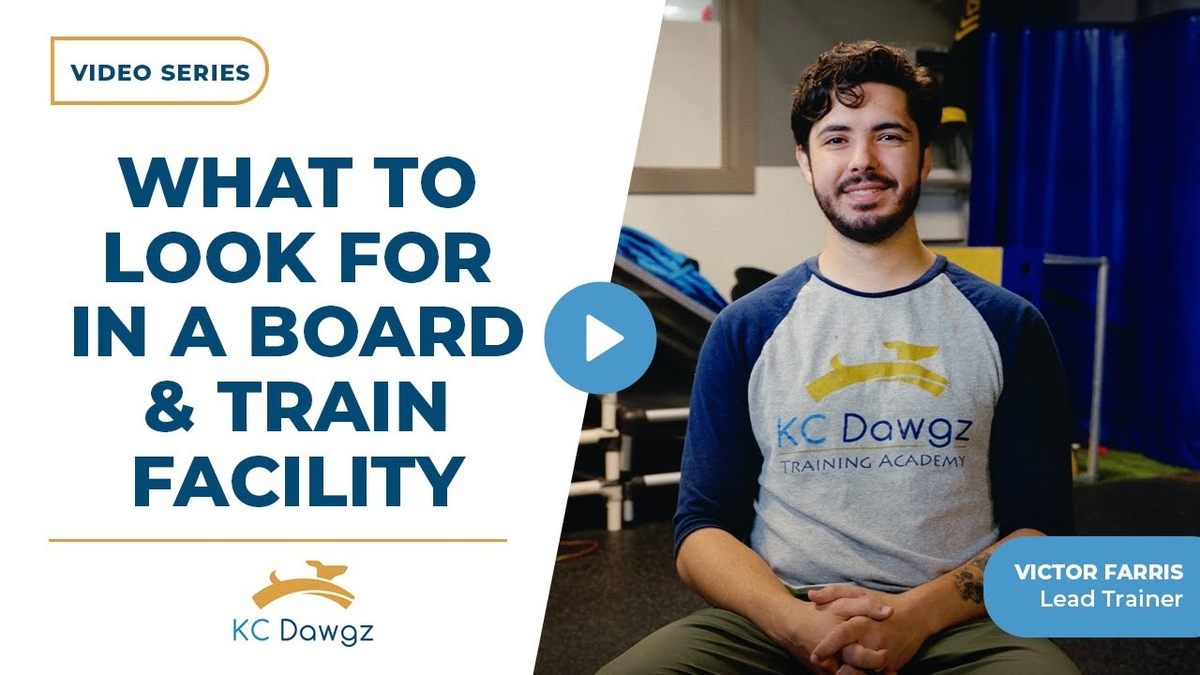When considering a board and train program for your dog, one of the most common concerns is whether your dog will spend their days cooped up in a kennel. In this guide, we’ll explore the daily routine of board and train programs, explain why waiting until your dog is six months old is recommended, and highlight the critical steps for ensuring long-term success in their training.
What’s a Typical Day Like?
Active Engagement
Your dog certainly will not be spending all day in a kennel during the board and train program. In fact, most of their time will be spent actively engaged in various activities. During the day, your dog will have the privilege of working with an experienced trainer during dedicated training sessions.
These sessions are crucial for imparting new skills and behaviors, which will be tailored to your dog’s unique needs. These trainers are experts at understanding your dog’s personality and adjusting their training methods accordingly.
Downtime Between Sessions
While there will be breaks in between training sessions, your furry friend won’t be idle. During these downtimes, they’ll have a chance to relax and recharge, ensuring they are ready to put their best paw forward in the next session. It’s essential to strike a balance between active training and relaxation for optimal learning and retention.
Walks and Play Sessions
In addition to training and downtime, your dog will also enjoy walks and play sessions. These activities not only provide physical exercise but also mental stimulation. Walking and playtime contribute to a holistic approach to your dog’s development, helping them become well-rounded, happy pets.
Age Matters: Why Wait Until Six Months?
Enhanced Retention
While board and train programs do accept puppies as young as four months old, it’s generally recommended to wait until your dog is at least six months old. Why? Because older dogs tend to have better retention when it comes to training. The extra two months can make a significant difference in their ability to grasp and retain new commands and behaviors.
Emotional Maturity
Beyond cognitive development, emotional maturity also plays a crucial role. Dogs typically become more emotionally mature around the six-month mark. This maturity allows them to handle the challenges of training more effectively and makes them more adaptable to various environments and situations.
Greater Progress
Starting a board and train program when your dog is around six months old can lead to more significant progress. They are better equipped to handle the intensive training sessions, and trainers can work with them more effectively, resulting in a faster and more successful training experience.
Long-Term Success: The Key
Post-Program Actions
Successful training is not just about what happens during the program; it’s also dictated by your actions afterward. Every dog that completes a board and train program will be given a specific protocol for reintegrating them into your home. Following this protocol is crucial for ensuring that the positive changes in your pup last for the long term.
Commitment and Consistency
The key to long-term success is your commitment and consistency in reinforcing the training your dog received during the program. Continue to practice the commands and behaviors your dog has learned and maintain the structure and routines that were established during their training.
Open Communication
Maintain open communication with the trainers and professionals who worked with your dog during the program. They can provide valuable insights and guidance to help you navigate any challenges that may arise once your dog is back home.
Conclusion
If you’re considering a board and train program for your dog, rest assured that they won’t be confined to a kennel all day. Instead, they’ll be actively engaged in training sessions, enjoy downtime, walks, and play sessions. Waiting until your dog is around six months old is advisable for better retention, emotional maturity, and overall progress in their training.
Remember, the key to long-term success lies in your commitment, consistency, and open communication with the trainers. For more information on our board and train programs, please don’t hesitate to contact us. Your dog’s journey to becoming a well-behaved companion starts here.





